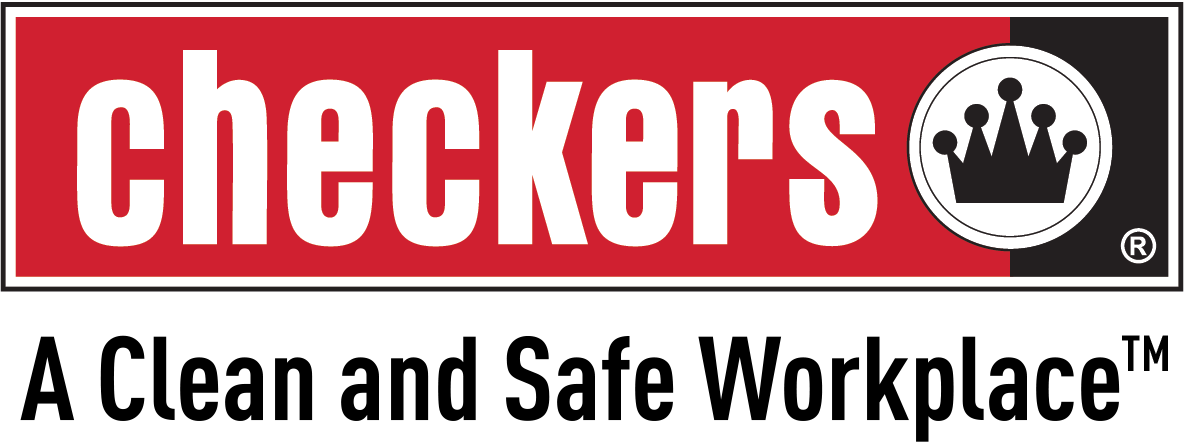
The Cleaning Process… As Easy as 1, 2, 3
The process of cleaning may seem like a simple one, but there’s more to the task than just making things look nice. If you think about it, cleaning is a way of maintaining and caring for surfaces, flooring, fixtures and equipment. It’s also an important preventative step in promoting the health and safety of the people using the space. Bacteria and contamination can be deadly – especially in hospitals, so an effective cleaning strategy in imperative.
Using the acronym CAT can help ensure all steps are completed. CAT stands for Chemicals, Agitation and Time.
Chemicals
Chemicals have a very specific action and it’s important the right one is used for the job. Alkaline, acid and pH levels are all important to consider as well as the dilution rate. Some solutions will come pre-mixed or you may need to add water to create the proper mixture.
Chemicals have different properties and act in unique ways. Do not assume that more chemical will do the job better or quicker. In fact, too much chemical can do more harm than good. Always follow the instructions included for a particular product.
When deciding which chemical product is best for you, consider what will be the most efficient product when it comes to using it, how long it lasts, how safe it is and its cost effectiveness. Concentrated products may cost a bit more upfront, but once you dilute it you will create a lot of ready to use product which will be more economical in the long run.
Agitation
To be effective, a chemical needs to be agitated. Think of washing your hair. Does it do any good to simply pour the shampoo on your hair and then rinse it out? No! You need to move your fingers through your hair and agitate the shampoo to work it into a later and clean your hair. Just like this example, all cleaning products need to have some action put behind them to do their job.
Agitation can be done manually – wiping, scrubbing, brushing or scraping or automatically with any number of amazing machines that make the job easier! Following suggested guidelines that come with products will give you an idea of how much agitation is necessary to do the job.
Time
Chemicals need time to take action and do their job. Consider how long it might take for a disinfectant to kill bacteria or a solution to emulsify the floor finish before a stripping procedure.
Many times, the longer a chemical sits on the surface, the less agitation is needed. In fact, it’s like a sliding scale for each of these elements: increase one and decrease the others. However, that’s not always the case so reading the labels, following instructions and proper training are all required to correctly use the product.
When you plan how long processes will take your staff to complete, you need to allow proper “dwell” times (the time the solution is in contact with the surface). If not enough time is allotted, the process may need to be repeated which ends up costing more time than if it was completed properly in the first place.
If you need any assistance in choosing the right products for your cleaning needs, contact our Checkers Team. We are your Clean Resource and have the experience and knowledge to help you make the best decision for your unique situation.
Contact us today!

